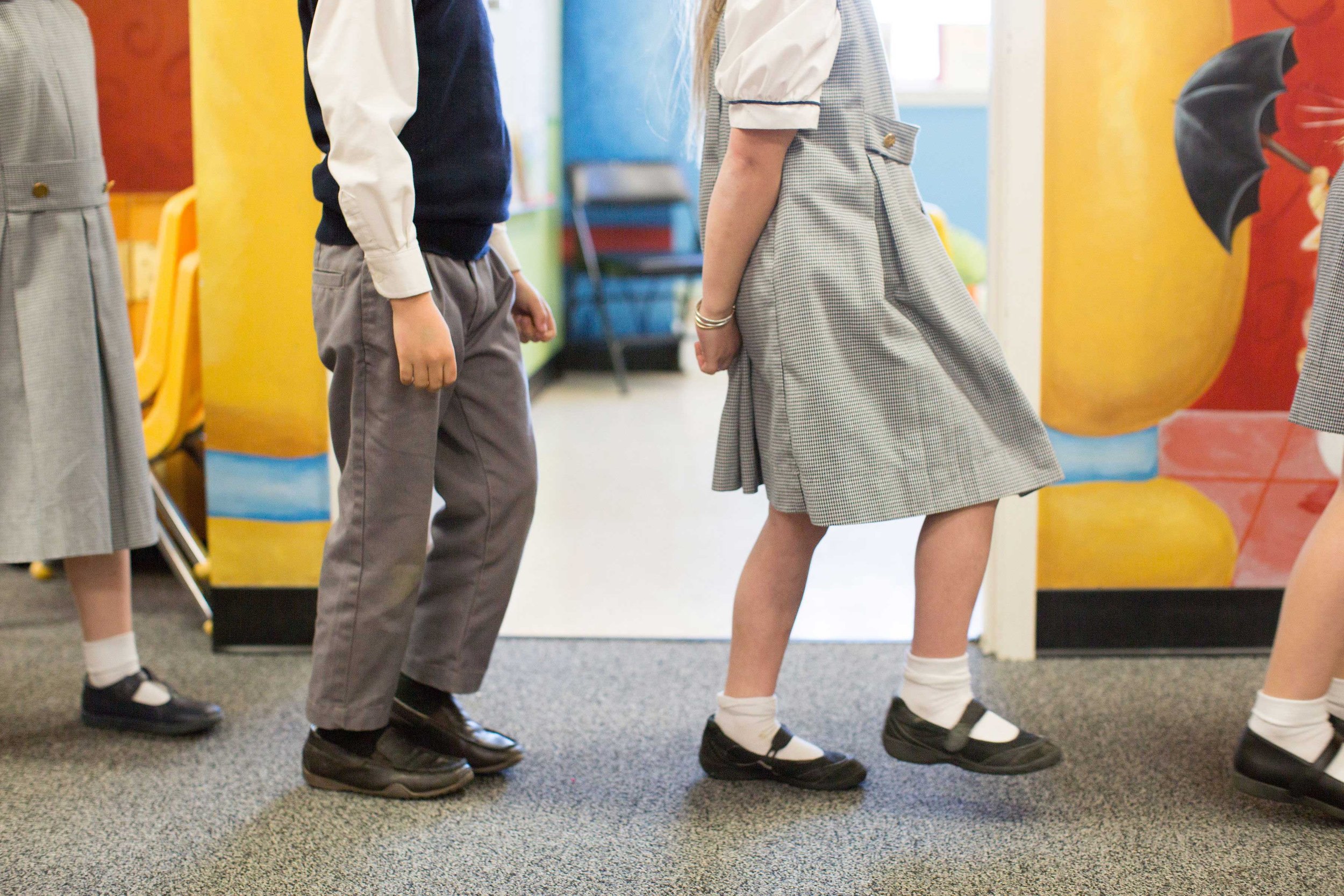
Preparing Your Child for Kindergarten
Fine Motor Development
Strengthening hand muscles is important for fine motor skills used in writing and cutting. Activities that strengthen hand muscles include:
Kneading play dough and bread dough
Stringing beads
Pushing sand
Lacing (cards, shoes, etc.)
Using tongs to pick up small items
Exercising pincer grip by playing with Legos, small cars, doll clothes, etc.
Reading Readiness
Children who display signs of reading readiness are most successful in kindergarten. One of the best ways to cultivate reading readiness is by enjoying quality children’s literature with your child. Some signs of reading readiness are:
Recognizes rhyming words (e.g. What rhymes with “cat”? “fat” or “cow”?)
Tells the meaning of simple words
Uses left-to-right progression
Recognizes most letters by name and sound
Distinguishes beginning sounds in words
Demonstrates the ability to listen to a story
Answers questions about a story
Writes some letters and numbers
Counts objects using one-to-one correspondence
Recognizes numbers 1-10
The classroom setting requires students to be able to function successfully as part of a group. Some important first steps toward this are:
Knows full name
Verbally interacts with others
Exhibits self-control and a cooperative nature
Recognizes authority
Listens to and follows basic instructions
Gets along and plays with other children
Can work independently
Social and Emotional Development
Age Requirements for Kindergarten
Students should be five years of age by August 1 of the calendar year attending.




